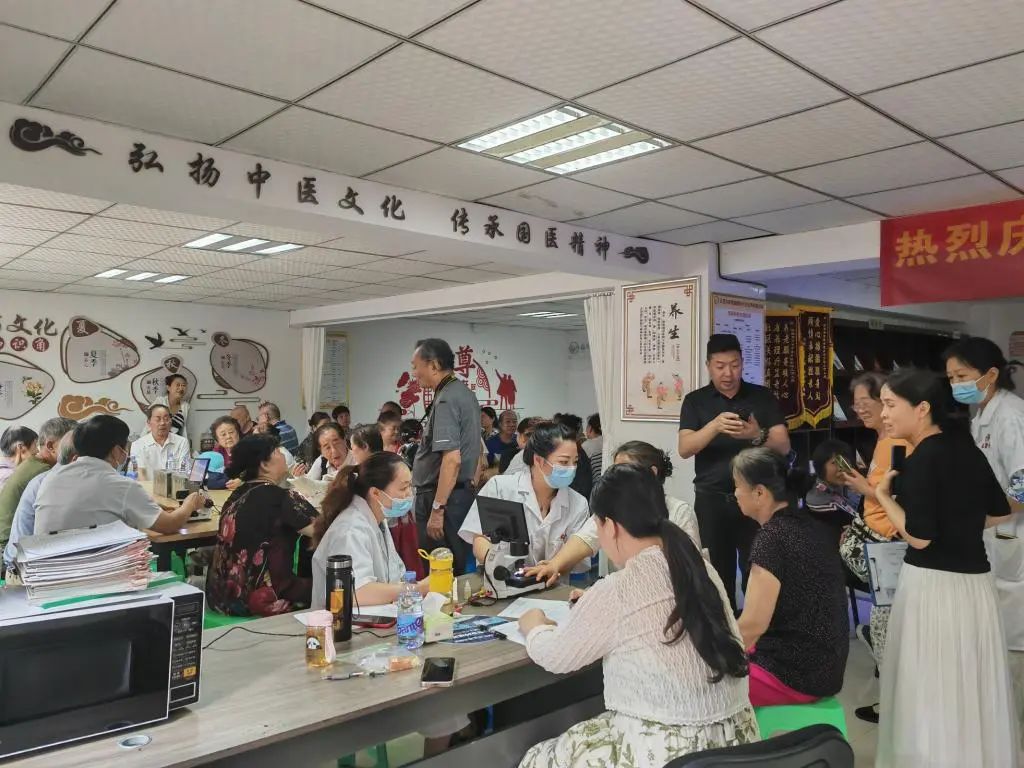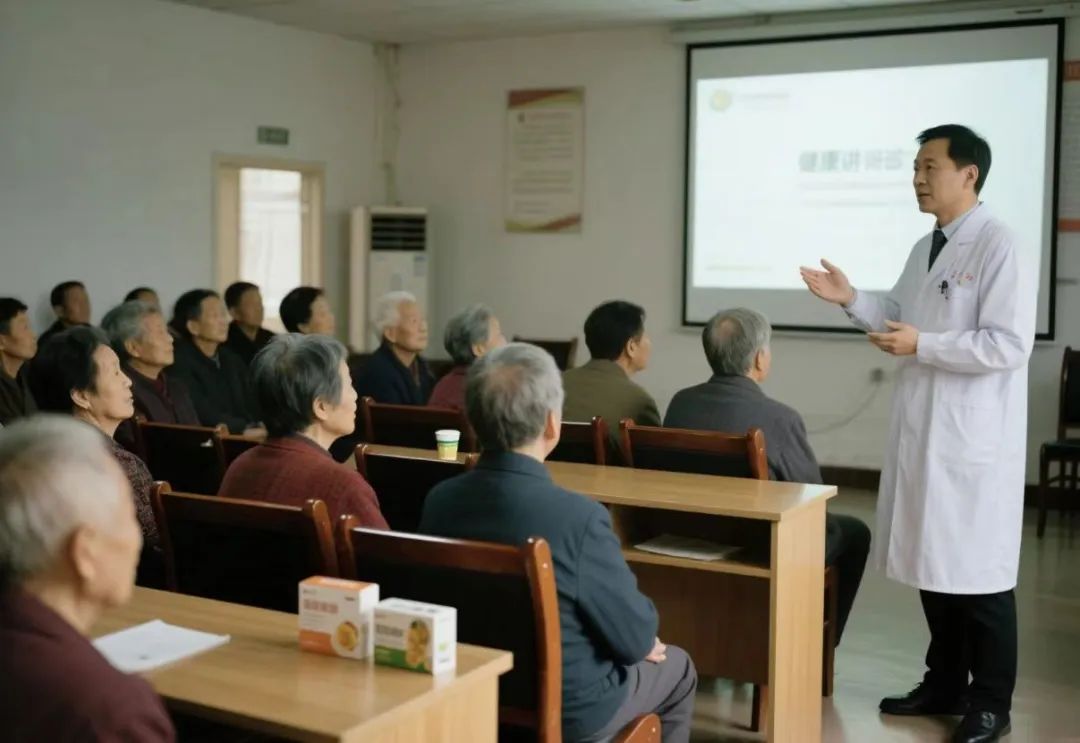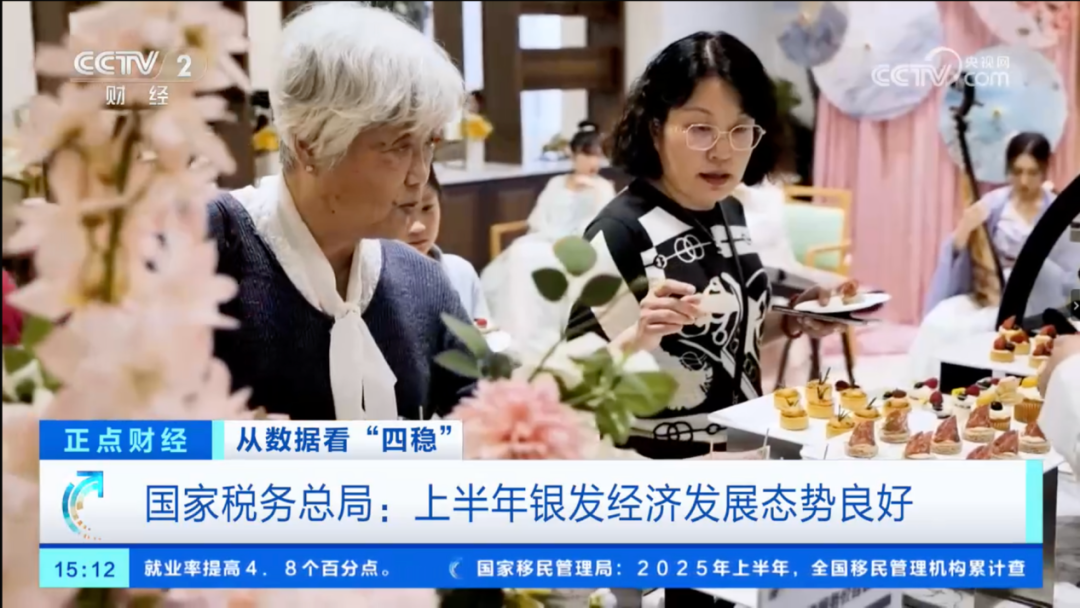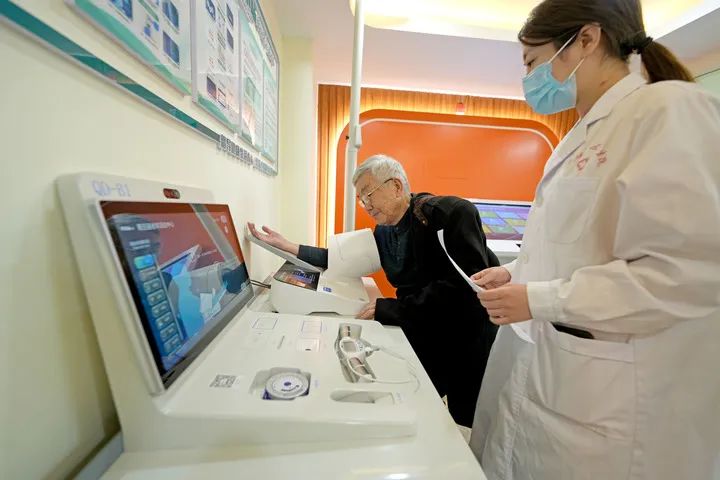In the heart of China’s bustling cities and serene countryside, a quiet revolution is taking root. As the nation’s population ages at an unprecedented pace, a new economic force is emerging—one that is reshaping industries, redefining consumer behavior, and presenting both challenges and opportunities. Known as the "silver economy," this phenomenon is driven by the growing demographic of elderly citizens, whose needs, preferences, and purchasing power are transforming markets across the country.
China’s journey toward an aging society has been swift and dramatic. The one-child policy, implemented from 1979 to 2015, drastically reduced birth rates, accelerating the demographic shift. By 2022, over 14% of China’s population was aged 65 and above, a figure projected to rise to nearly 30% by 2050. This rapid aging has profound implications, not just for social welfare systems but for the entire economic landscape. The silver economy, once a niche segment, is now at the forefront of national economic strategy, with policymakers and businesses alike scrambling to understand and capitalize on this burgeoning market.

At the core of the silver economy is the elderly population’s changing lifestyle and consumption patterns. Unlike previous generations, today’s elderly in China are more educated, tech-savvy, and financially independent. Many have accumulated savings through decades of hard work and are entering retirement with disposable income and a desire to enjoy life. This shift has given rise to a demand for high-quality goods and services tailored to their needs. From healthcare and wellness products to travel and entertainment, the elderly are no longer content with a passive retirement. Instead, they actively seek out experiences and products that enhance their quality of life.
Healthcare is one of the most critical sectors experiencing this transformation. With age comes an increased need for medical care, and China’s elderly are investing heavily in health-related services. Hospitals and clinics are expanding geriatric departments, while private healthcare providers are offering specialized services such as chronic disease management and home care. The market for medical devices, including wearable health monitors and diagnostic equipment, is booming. Pharmaceutical companies are developing drugs tailored to age-related conditions, and telemedicine platforms are making healthcare more accessible to older adults in remote areas. The demand for health supplements and functional foods—products believed to promote longevity and vitality—has also surged, with companies launching targeted marketing campaigns to appeal to elderly consumers.

Beyond healthcare, the silver economy is driving innovation in the technology sector. Contrary to the stereotype of older adults being resistant to technology, many in China’s aging population are embracing digital tools to stay connected and informed. Smartphones, tablets, and apps designed for seniors are becoming increasingly popular. These devices often feature larger fonts, simpler interfaces, and voice-activated functions to accommodate declining eyesight and dexterity. Social media platforms like WeChat have become essential for elderly users to communicate with family and friends, share photos, and even engage in online shopping. E-commerce giants are taking notice, optimizing their platforms to cater to older shoppers with features such as one-click ordering and customer service hotlines. The rise of fintech is also making it easier for elderly citizens to manage their finances, with mobile payment systems and digital banking services gaining traction among this demographic.
Travel and leisure are another area where the silver economy is making its mark. Retired individuals, free from the constraints of work, are eager to explore the world and experience new cultures. Domestic tourism is particularly popular, with many elderly travelers visiting historical sites, scenic spots, and cultural landmarks. Travel agencies are offering specialized tours designed for older adults, featuring slower paces, comfortable accommodations, and health-conscious meal options. Cruise vacations, which provide a relaxed and all-inclusive experience, have become a favorite among retirees. International travel is also on the rise, with destinations in Southeast Asia, Europe, and beyond attracting Chinese elderly tourists. The growth of this market has led to the development of senior-friendly travel services, including guided tours with medical personnel on standby and insurance policies tailored to older travelers.

The housing market is undergoing a transformation as well. Traditional multigenerational households are giving way to independent living arrangements, with many elderly individuals choosing to reside in retirement communities or senior-friendly apartments. These communities offer a range of amenities, including fitness centers, medical clinics, social activities, and round-the-clock care services. The demand for such housing has spurred real estate developers to invest in senior living projects, creating a new segment in the property market. Home modifications, such as grab bars, stairlifts, and smart home systems, are becoming more common as older adults seek to age in place comfortably. The trend toward urbanization is also influencing housing choices, with many elderly individuals moving to cities to be closer to medical facilities and social services.
The entertainment and cultural sectors are not immune to the influence of the silver economy. Elderly citizens are increasingly engaging in activities that enrich their lives, from attending concerts and theater performances to participating in dance classes and art workshops. Television programming and online content aimed at older adults are proliferating, with shows featuring nostalgic themes and health education becoming hits among this demographic. Gaming, once considered the domain of the young, is also attracting older players, with mobile games and puzzles designed for seniors gaining popularity. The cultural renaissance among the elderly is not just about leisure; it reflects a broader desire for personal fulfillment and social connection in later life.

Education is another area where the silver economy is making waves. Lifelong learning is becoming a priority for many elderly individuals, who are enrolling in courses ranging from language learning and computer skills to cooking and gardening. Universities and community centers are offering programs specifically designed for older adults, providing opportunities for intellectual stimulation and social interaction. Online education platforms are also catering to this demographic, with flexible learning options that fit into their schedules. The pursuit of knowledge in retirement is not only a personal endeavor but also a societal shift, challenging traditional notions of aging and highlighting the potential of older adults to continue contributing to society.
The rise of the silver economy is not without its challenges. One of the most pressing issues is the strain on pension and healthcare systems. As the proportion of elderly citizens grows, the burden on public finances increases, raising concerns about the sustainability of social welfare programs. Policymakers are exploring solutions such as raising the retirement age, promoting private pensions, and encouraging elderly individuals to remain in the workforce longer. Another challenge is ensuring that the elderly are not left behind in the digital age, as the rapid pace of technological change can create barriers for those who are less tech-savvy. Efforts to bridge this digital divide include government initiatives to provide digital literacy training and the development of user-friendly technologies tailored to older adults.

Despite these challenges, the silver economy presents a wealth of opportunities. Businesses that recognize and adapt to the needs of the elderly can tap into a vast and growing market. Innovations in healthcare, technology, and services that cater to this demographic have the potential to drive economic growth and improve the quality of life for millions of older adults. The silver economy is not just about aging populations; it is about redefining what it means to grow older in the 21st century. It is about creating a society where the elderly are valued, engaged, and able to enjoy their later years with dignity and fulfillment.
In China, the silver economy is more than just an economic trend; it is a reflection of a changing society. As the population ages, the nation is witnessing a shift in cultural attitudes toward elderhood, one that celebrates the contributions and potential of older adults. The opportunities presented by this demographic shift are vast, but realizing them will require collaboration between government, businesses, and communities. By embracing the silver economy, China can pave the way for a future where aging is not a burden but a new chapter of growth, innovation, and prosperity. The silver lining of China’s aging economy is not just about the elderly—it is about the potential for a more inclusive, dynamic, and compassionate society for all.



